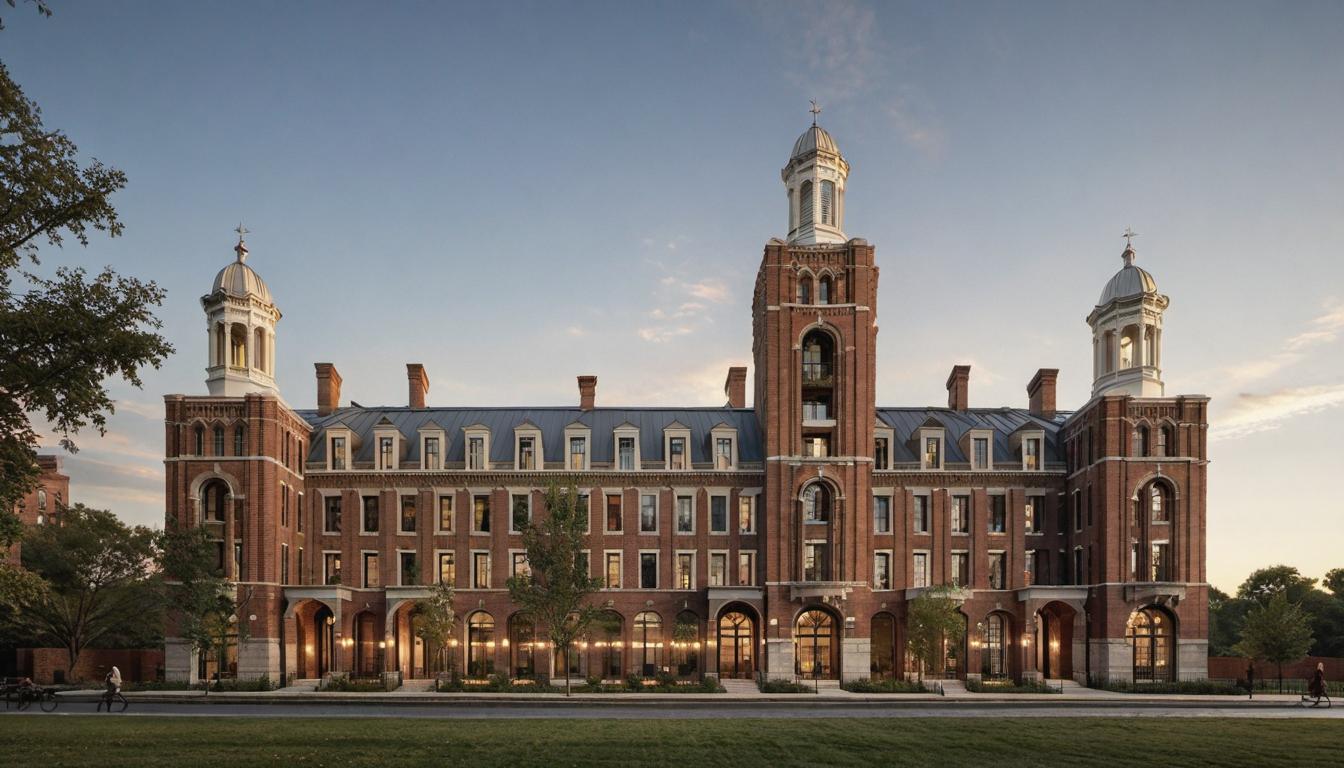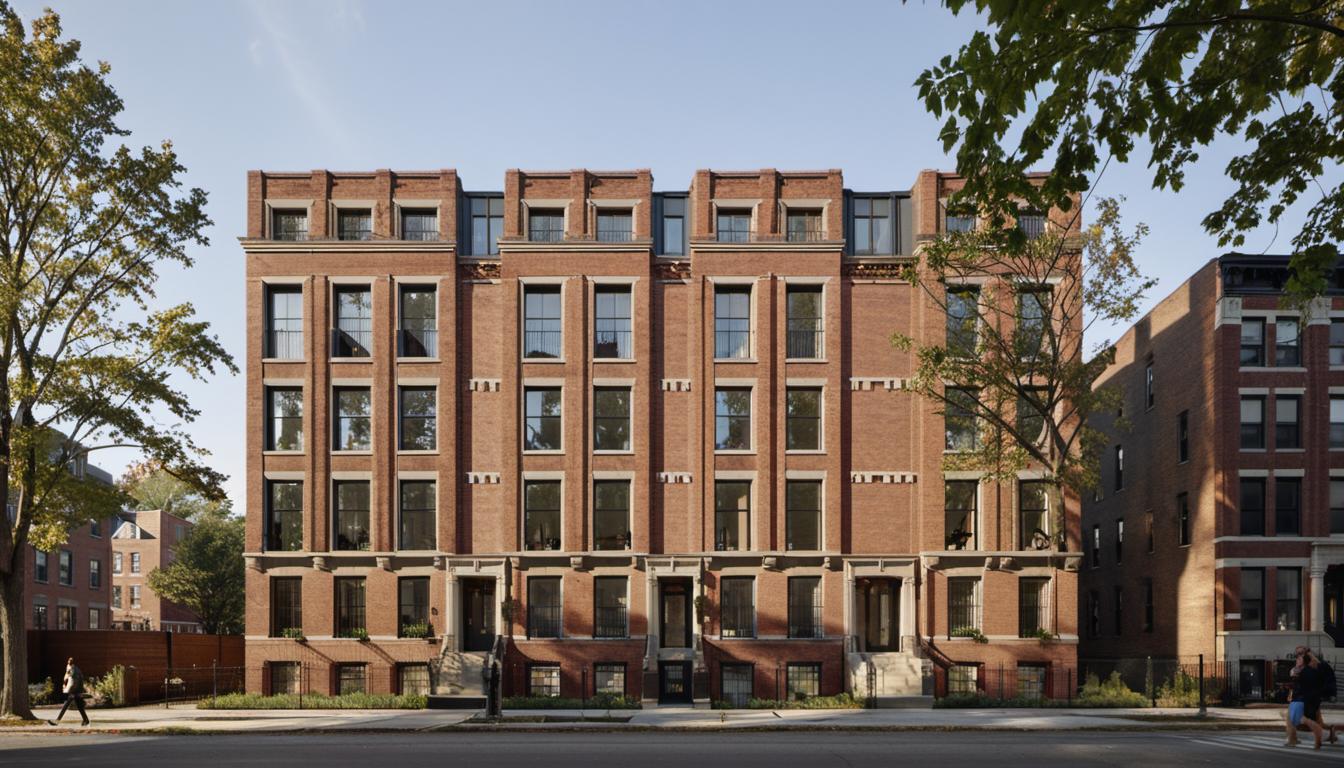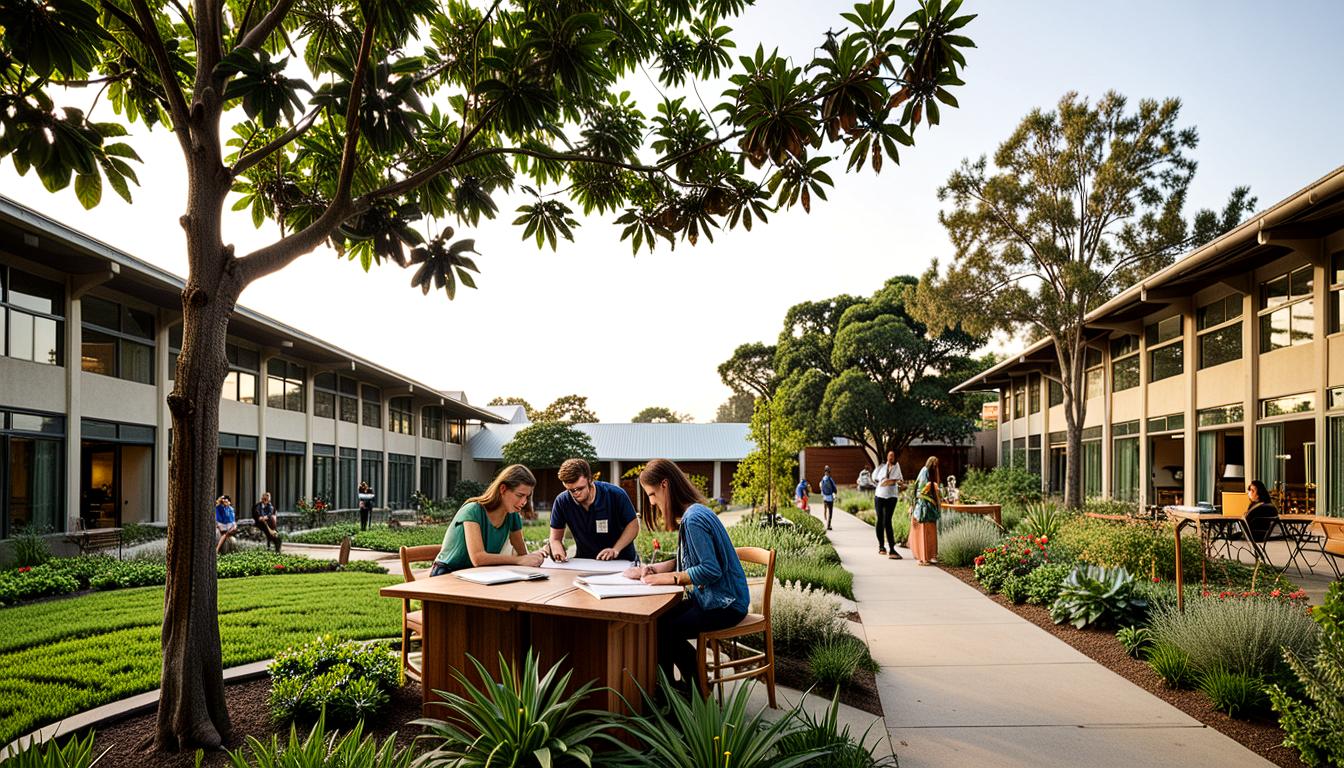Untangling the Facets of Architectural Styles: A Look at Traditional and Modern Approaches
When it comes to the design of our built environment, two distinct approaches have left an indelible mark on our landscapes: Traditional and Modern Architecture. Let’s immerse ourselves in understanding these architectural styles in detail.
Defining Traditional Architecture: A Reflection of Identity
Traditional Architecture, often synonymous with vernacular architecture, is grounded in the unique cultural, social, religious, and geological identities of a region. It is a tangible manifestation of a community’s heritage and reflects a deeper understanding of the local environment.
Traditional Architecture is characterized by the use of locally sourced materials and traditional building practices that carry forward generations of wisdom. These practices are inherently sustainable and cost-effective, contributing to the preservation of ecological balance by minimizing the impact on the environment.
The Essence of Modern Architecture: Simplification and Elimination
Shifting focus to Modern Architecture, we see a stark contrast. Modern approach to building design emerged in the 20th century as a response to new materials, technologies, and societal changes. The essence of Modern Architecture lies in simplicity and rationality, discarding excessive ornamentation.
Distinctive features of Modern Architecture include clean linearity, geometric forms, and a minimalist aesthetic. It utilizes revolutionary materials like steel, glass, and concrete enabling the creation of new building layouts and forms.
Traditional Architecture in Harmony with Climate
One key strength of Traditional Architecture lies in its innate connection to the local climate. Traditional building styles and techniques have evolved over centuries to accommodate and withstand climatic conditions, minimizing environmental impacts and carbon footprints. Structures crafted in the vernacular style inherently embrace local climate constraints and capitalize on natural resources for heating, cooling, and lighting.
Defining Characteristics of Modern Architecture
A detailed gaze into Modern Architecture reveals the philosophy behind its prominent characteristics. Clear rectangular forms, open floor plans, and restrained surface decoration are common elements in modern designs. Notably, the use of natural and locally available materials is not entirely discarded. Modern designs incorporate elements such as linen, leather, and teak wood to blend the old with the new.
Why Traditional Building Techniques are Durable and Cost-Effective
Traditional building methods offer significant advantages, including higher longevity and cost-effectiveness. These methods utilize eco-friendly, readily available local materials, reducing the need for complex high-tech equipment or expensive imports.
Traditional construction techniques have stood the test of time, proving their durability and long-life span. These structures often require less maintenance, making them energy efficient and economically viable.
Modern Architecture: Serving Functionality and Efficiency
A key attribute of Modern Architecture is its functionality. It gives prime importance to the effective utilization of space and facilitates simplified forms that focus on efficiency. The orientation to functionality and efficiency mean that modern designs cater to evolving societal needs and preferences.
Drawing Comparisons: Traditional vs Modern Architecture
When analyzing Traditional and Modern Architectures, comparisons naturally emerge. While Traditional Architecture is durable, cost-effective, and energy-efficient due to its use of local materials and designs, Modern Architecture caters to modern demands with its focus on functionality and efficiency.
Each style’s application and relevance vary based on factors like geographical location, climatic conditions, societal preferences, and architectural vision. Both styles have qualities that contribute positively to environmental sustainability and design innovation.
Pinning the Potential Drawbacks of Modern Architecture
Like any creative expression, Modern Architecture has its potential drawbacks too. It’s not uncommon for modern structures, especially those with flat roof designs, to suffer from water penetration, causing structural weakening over time. Another inherent challenge lies in its increased reliance on modern machinery, escalating initial costs, and energy usage.
Frequently Asked Questions
| What differentiates Traditional Architecture from Modern Architecture? | Traditional Architecture reflects cultural, social, religious, and geological identities, using locally sourced materials and age-old techniques. In contrast, Modern Architecture embraces simplification and the elimination of unnecessary ornamentation, integrating new materials and technologies. |
| How does Traditional Architecture respond to local climate? | Traditional Architecture adapts to local climate through design strategies that optimize natural resources. These designs resist extreme weather conditions, thus reducing carbon footprints and contributing to environmental sustainability. |
| What characterizes Modern Architecture? | Modern Architecture is marked by clean lines, geometric forms, and minimalistic aesthetics. Its preference for functionality is coupled with the integration of modern materials and technologies, accommodating evolving societal needs and preferences. |
| Why are Traditional construction methods durable and cost-effective? | Traditional construction utilizes local, eco-friendly materials, reducing the need for extensive processing or imports, making it cost-effective. These structures, enriched by time-tested techniques, are durable and require less maintenance, thus proving to be energy efficient. |
| What are the potential drawbacks of Modern Architecture? | Modern Architecture, particularly designs with flat roofs, can suffer from water penetration, weakening the structure over time. Additionally, its reliance on modern machinery can elevate initial costs and energy demands. |
Wrapping Up the Narrative of Architectural Styles
As we navigate the intricate avenues of Traditional and Modern Architectures, we acknowledge that both these styles offer vital insights and value for architectural ventures. Each carries its own set of strengths – Traditional Architecture, with its close association with local resources and cultural heritage; and Modern Architecture, with its commitment to functionality and contemporary design trends.
In the future, architecture will continue to evolve, drawing from the richness of these architectural styles. The blend of traditional wisdom and modern innovation offers an abundant scope for creating environments that are not just aesthetically pleasing, but also sustainable, functional, and reflective of human ingenuity.





